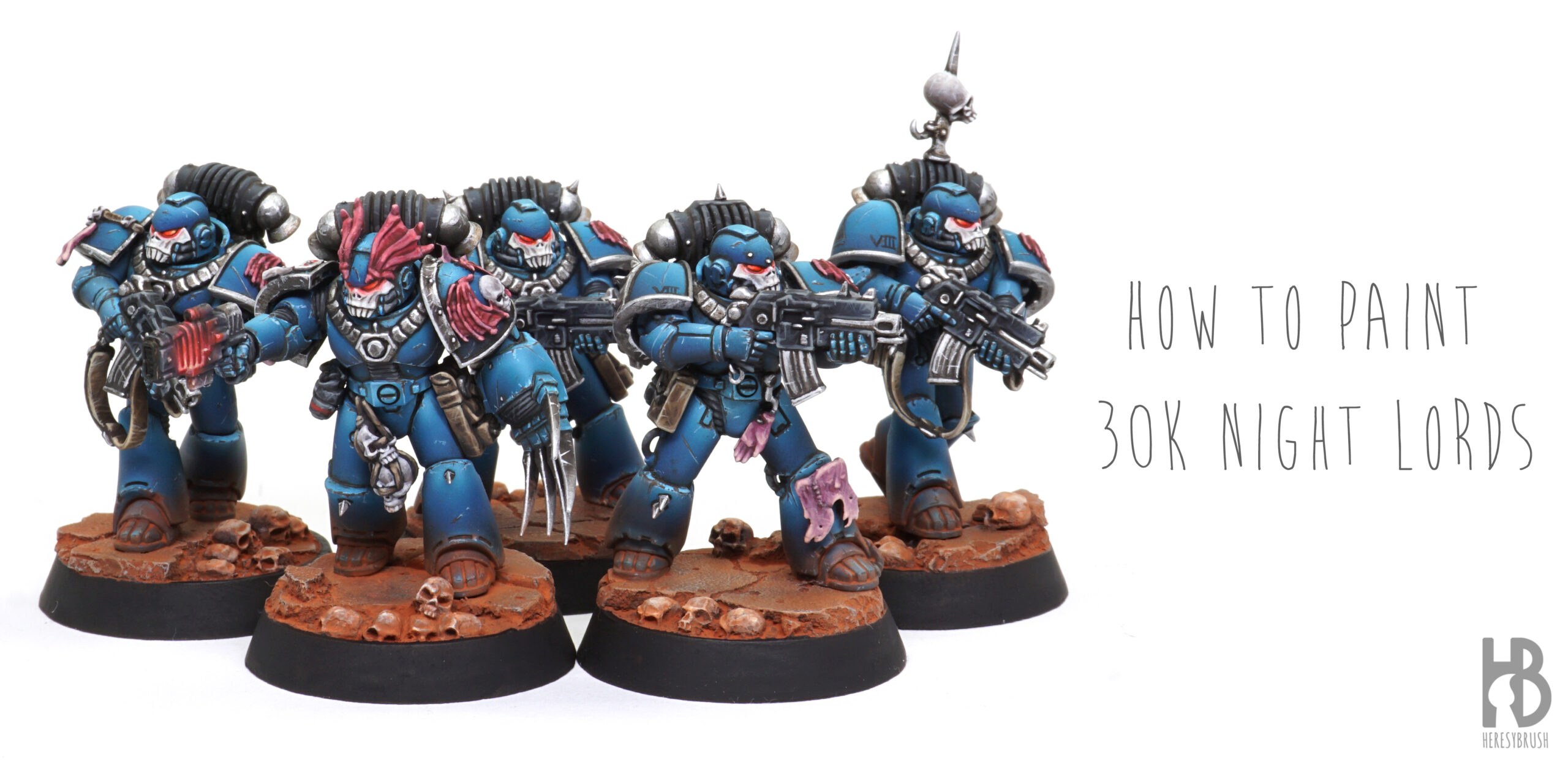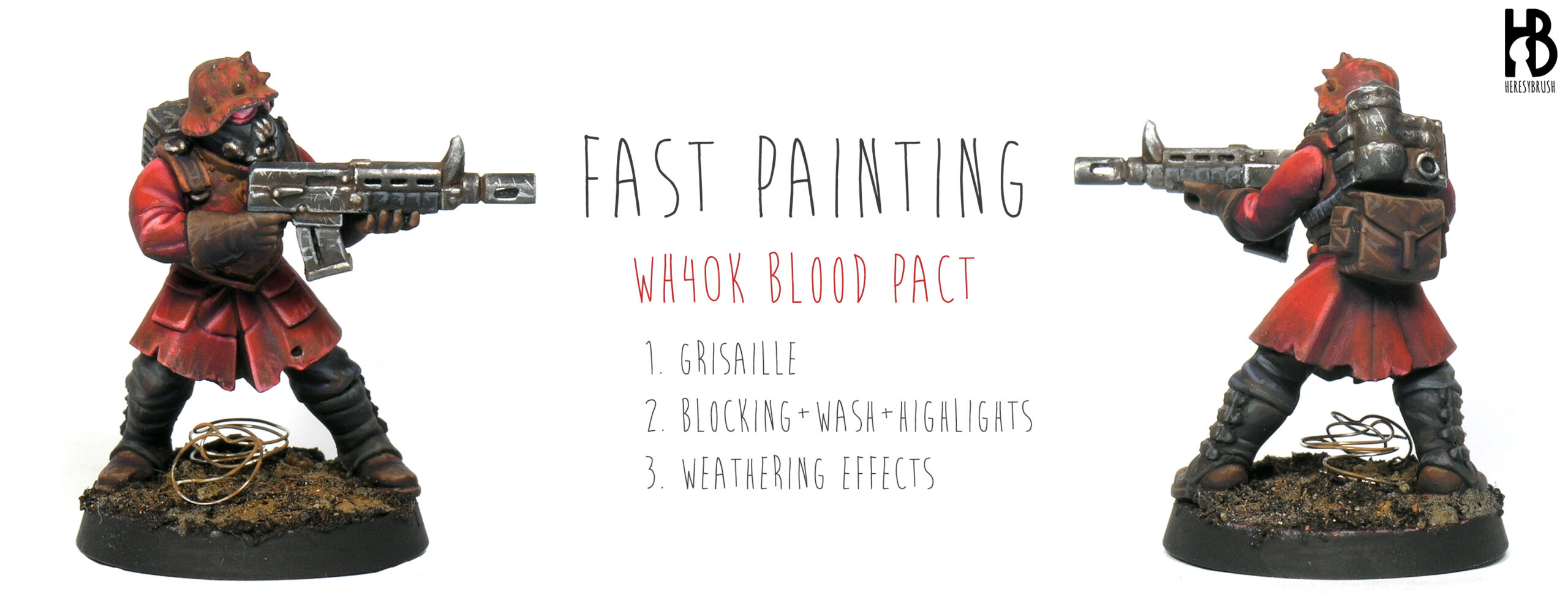This article was originally published on the Battlefront website. In previous tutorials, we explored different methods for painting camouflage on tanks using soft- or (this, for example) hard-edge patterns (this and this, for example), with or without masking. These techniques typically involved the use of an airbrush, a tool that can seem intimidating to many hobbyists. In reality, however, airbrushing is quite easy, and I highly recommend giving it a try if you have not already. The most critical aspect is cleaning the airbrush properly after each session, and always remember to thin your paints. That said, in this tutorial…
How to Paint Paper Panzers
In this article, we will explore how to create an anachronistic WWII camouflage, a “splinter camo”, commonly used by scale modelers for “what if” tanks and prototypes, such as the iconic German E series. To achieve this, we will use masking tapes to create an intricate tri-tone camouflage, where each color is carefully highlighted to create a striking contrast. This article was originally published on the Battlefront website, Part 1 and Part 2. The “What If” tanks open up endless possibilities for experimenting with color schemes and camouflage. Since these tanks never existed, the creative freedom is limitless. However, it…
How to paint WH30K Night Lords
After several years of wanting to start painting a Horus Heresy Legion army, I finally had the chance to do it. I chose the Night Lords, a Legion that is perhaps a bit underrepresented compared to others but features a beautiful color scheme and rich lore. I finished painting the first squad and decided to write a tutorial using the last miniature. Instead of the official painting scheme, which is very dark blue often with lightning on the armor, I opted for a desaturated and slightly greenish blue inspired by some great painters such as @loyalistareboring and @Maybug_Games on Instagram.…
How to paint tanks using the drybrush and oils
In this tutorial, we will explore techniques for enhancing a basic paint job using oil paints. Unlike acrylics, oil paints require an organic solvent like White Spirit or turpentine (which is toxic, such as Enamel Odourless Thinner A.MIG-2019) instead of water; and take hours to dry, as opposed to mere seconds with acrylics. However, this extended drying time lends oils the advantage of effortless blending, allowing for the creation of multiple effects. For instance, we can employ this property to generate shadows, thereby enhancing the sense of volume, or to simulate various weathering effects such as dirt or dust accumulation.…
Winter camouflage using a washable paint
I recently published another post describing the “hairspray technique“, which is commonly used to create a “washable” white camouflage in scale models. During the WWII, this camo was done with a special type of white paint with little grip, so that it was easily removed with water during the thaw, causing effects of wear due to rain and rubbing of crew. However, we can create this type of camouflage following an easier approach with an specific acrylic product: Washable White Camo A.MIG 0024. We only need to apply a single layer and then activate it with water, skipping the…
Camouflages with Chipping Effects fluid (hairspray technique)
This article was published original on 4th of September of 2012. Updated on 4 of April of 2022. In this post we are going to see how to use a Chipping Effects fluid to create worn camouflages where the original base color is exposed. Basically, after painting the base color of the tank, the idea is to apply a thin layer of chipping fluid and on top of this the camouflage. After activating the chipping fluid with water, we will be able to remove small pieces of the camouflage paint applied on top. These Chipping Effects fluids replaces what classically is…
Fast painting: Warhammer 40k Blood Pact cultist
In the following article I would like to describe a few options to speed up the painting process of our miniatures for Wargames. The idea underlying fast painting techniques is to use simple and rapid methods to accelerate the work, meaning that we will sacrifice part of the quality. But this does not meant that fast painting techniques are equivalent to paint bad. We will still pay attention to the details, but will focus more on the general looking of the miniature, and more importantly, of the unit or army (after all fast painting techniques evolved to paint a large…
Warhammer 40.000 tanks II
After couple of years, I finally manage to finish the second Leman Russ tank for my Genestealer Cult army. This is another beautiful model from Forge World. It is a Leman Russ Destroyer, a tank hunter. To maintain certain coherence with the previous Leman Russ Mars I painted, I added air filters and the rear extension to cross trenches from another Forge World kit, as well as some track armour pieces. Choosing the painting scheme was not easy. I did not want to exactly repeat the same green color I previously used. After asking around and checking different sources for…
How to paint a British Sherman tank, and a new book: Painting Wargame Tanks
It is a great pleasure to announce a new book published by AMMO of Mig Jimenez where I have actively been collaborating beside Mig Jimenez and Carlos Cuesta. The book contains 96 pages. After a short introduction about general materials and techniques (differences between acrylics and enamels, what is a filter or a wash, how to clean the airbrush…) you can find ten complete painting guides “step by step” of different tanks (mostly Germans, but there are also from USA and Soviet Union). The three firsts pretend to assimilate the knowledge showed in the introduction (we can say “basic level”),…
How to paint 15mm tanks: German spider mech
While I am learning new hobbies (and sports) in this lovely Finish land, such as ice swimming, ice hockey or cross-country ski, I had enough time to paint and prepare a painting guide featuring an interesting Panzermech from ClockWork Goblin miniatures. I love this theme! In the past, I painted a couple of walkers from DreamPod9, and I currently attempt to paint as many E-series tanks as I can from Forged in Battle or Heer46. All in 1/100 scale or 15mm, of course!, my preferred scale. In this occasion, I’ve prepared a complete painting guide. However, I want to notice…









